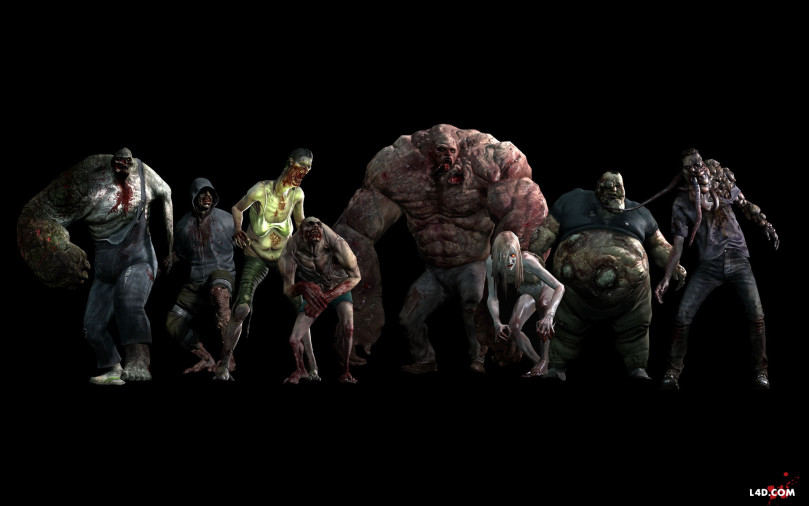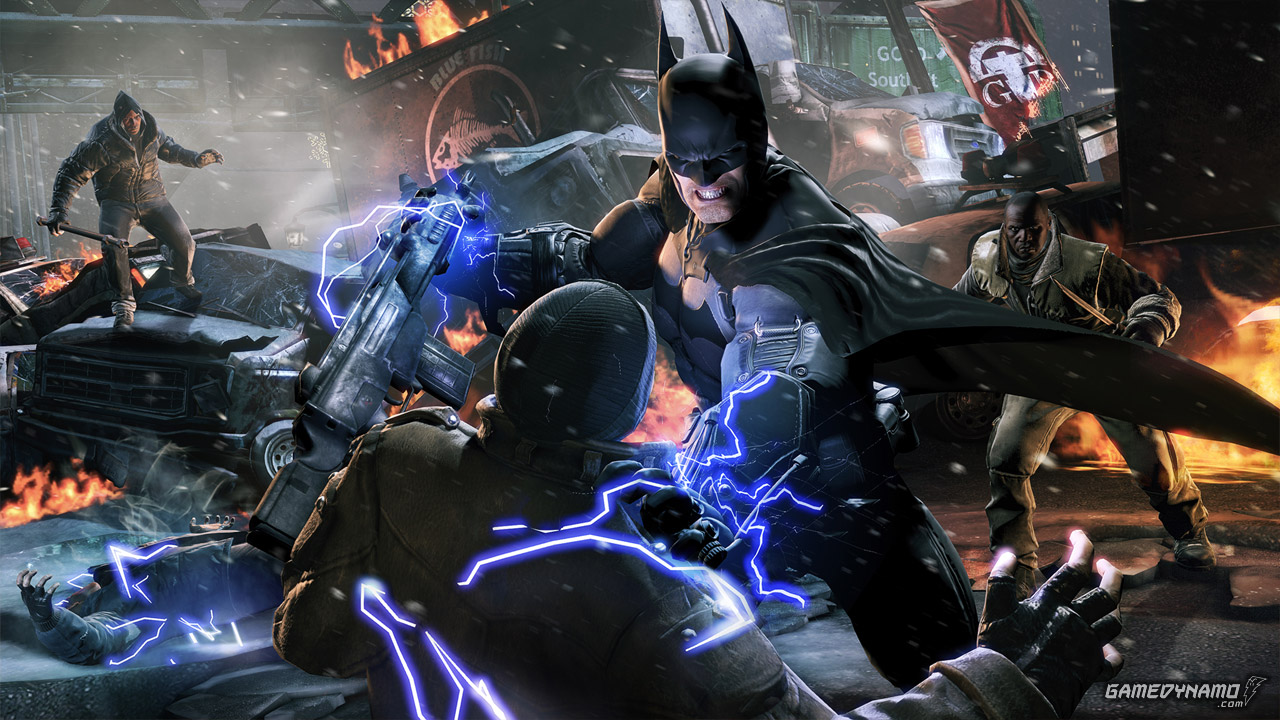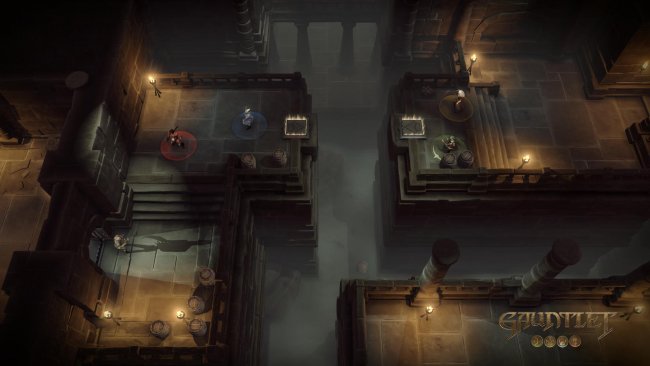

We know from studying aircraft like the F-8 Crusader, in which my dad had the fortunate to fly while in the US Navy stationed in Puerto Rico, that when the wind was tilted upward on the aircraft that it had a lower takeoff speed and much higher initial rates of climb. At which point the wing came back to position and it was a pencil shaped rocket with wings. Now then let us take the newest discoveries in wind tunnels about life, weight, thrust and drag. We know that the reletive wind pushing on the bottom of the wings forces the aircraft up.
Well then if you have a thruster forced on top of the wing at the center of gravity with the exhaust forced outward, pushing on the aircraft while the aircraft is positioned in a climb. This aircraft will therefore be put in a situation where the it is forced into the relative wind faster and faster and that wind deflected off the bottom of the wing would force the aircraft upward at an incredible rate of climb without significantly using up any more fuel than a standard climb out. The rate of climb will be much faster and the angle of climb very substantial.
I bring this up as we discuss some of the NASA lifting bodies and other designs to fly into orbit or for trans-oceanic flights using the upper atmosphere or space to reduce the friction and increase the speed to hypersonic levels. We are doing similar things on the Strike Fighter, but those nozzels are faced down for vertical landing and take off or extremely controlled and fast STOL. If the wings can hold the increased stress from the bottom of the aircraft against reletive wind. Now then you can try this on a skateboard. Carrry a 4 X 8 sheet of plywood and when going down a hill tilt the plywood to a 45 degree angle and you will leave the ground like a kite. If we have nozzel and directional thrust why not try it at the center of gravity on top of the wing forcing the exhaust outward and back wards at the same angle of incidence to a horizontal plane.
You actually do not even need to test this in a wind tunnel, because we already know this will work. If you look at the chracteristics of the Concorde where the nose faces forward and air is forced under the wings you can see the increased efficient use of the airfoil. The increased leverage from the ram air under the wing is more than the total combined forces of lift from the differences between low and high pressure as the air makes it back to the trailing edge of the wing. Just some thoughts on increasing the flying characteristics of jet aircraft and directional thrust aircraft to maximize all known characteristics of flight.
“Lance Winslow” – Online Think Tank forum board. If you have innovative thoughts and unique perspectives, come think with Lance; /share_save">




 . Plays, 4th July 2015
. Plays, 4th July 2015 Batman: Arkham Origins - Easter Eggs and Exploits Guide
Batman: Arkham Origins - Easter Eggs and Exploits Guide Assassin’s Creed IV: Black Flag – Buried Treasure Guide
Assassin’s Creed IV: Black Flag – Buried Treasure Guide Darksiders II Guide: Locations of the Book of the Dead Pages
Darksiders II Guide: Locations of the Book of the Dead Pages Gauntlet: Tingling Your Ass Like Its 1985
Gauntlet: Tingling Your Ass Like Its 1985